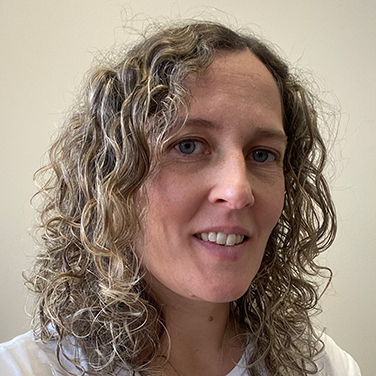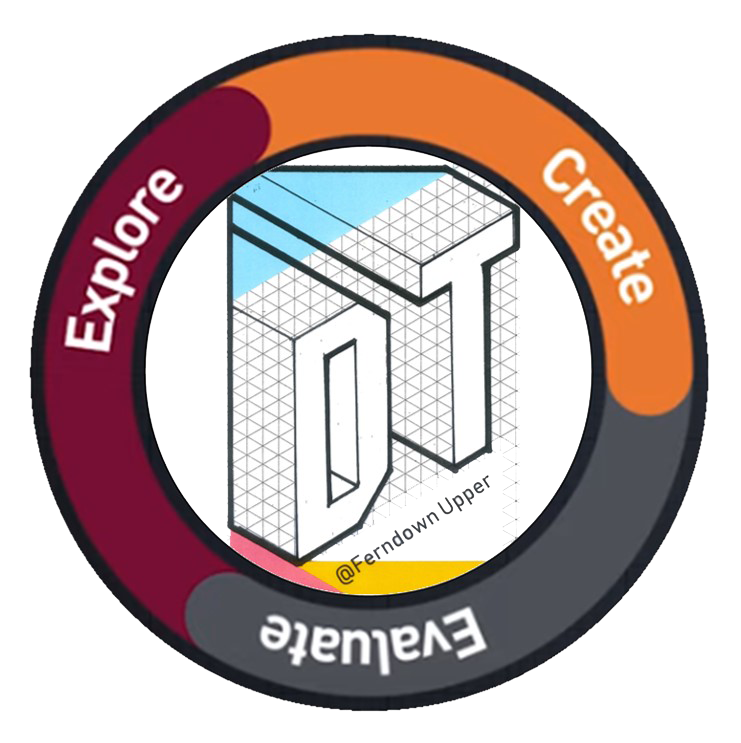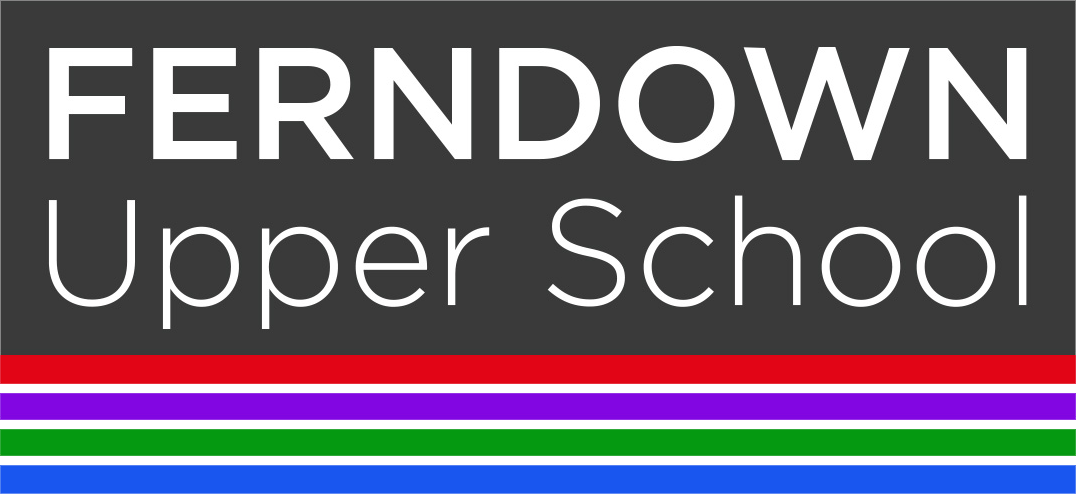Welcome to Design & Technology
“D&T develops confident and capable young people with the potential to produce effective solutions to many of the problems we face today. Critically, it builds the skills people need to solve problems we don’t even know yet exist.”
This quote from the D&T (Design & Technology) association website exactly sums up what we want for our students at Ferndown Upper School. In addition we believe that Design and Technology is a subject that transforms; students learn about designing solutions to improve people’s lives, they are able to make better decisions, they understand more about the impact of products on their community and on the world.
Meet The Design & Technology Department Staff

Mr. B. Myers
Design & Technology Teacher

Ms. L. Wood
Design & Technology Teacher

Mrs. L. Clemas
Design & Technology Technician
Curriculum
All projects in Design and Technology have the iterative design cycle at heart to encourage the students to:
• Be creative.
• Solve real problems.
• Learn skills that you will use in a future job.
• Learn about materials, processes and tools.
• Learn about the effect of products on the environment & people.
• Make things with different materials.
• Learn practical skills to help yourself.
• Apply knowledge from other subjects.
• Make a finished product to take home.
• Broaden your mind about the world and people.

Why Study Design Technology?
Do you love problems and being creative? D&T focusses on planning, designing and making the things (products) which people need and use. You will get to design using the latest software and make with everything from saws and files to 3D printers, laser cutters and CAD/CAM machines.
This video from the Design and Technology Association explains “WHAT IS D&T and why do we need it?”
.jpg)
In Year 9
Students study two projects, each taking half the year from September to May. These are currently ‘Pewter casting’ (metals and metal processes) and ’Passive amp’ (Computer Aided Design and Manufacture and our impact on the environment).
In Year 10
GCSE Product Design students study several shorter projects that teach them the fundamentals of the design process, with a core knowledge of materials and processes that are needed to successfully create products. The projects include:
• Approaches to designing: design eras and the work of others
• Perfume bottles: modelling in foam, card and 3D printing.
• Mechanisms: wood
• Kinetic art: metals and plastics
• Night light: electronics modelled in smart materials
In Year 11
GCSE Product Design students undertake an exam-board context design and make project that lasts two terms. Recent contexts have included designing for the disabled and products for high profile events or activities. These are multi-material projects that identify a market opportunity, clearly define the problem, develop a proper solution for that problem and test the solution with potential customers. The students learn to deliver their thinking and design skills through iterative design processes that allow them to ‘explore, create and evaluate’ following practices and strategies used by the creative, engineering and manufacturing industries.
Specification
KS4: AQA, GCSE Design and Technology, 8552
Facilities & Equipment
Two fully equipped workshops with hand tools, pillar drills, sander, mortiser, 3D printer, vinyl cutters, brazing hearth, lathe, mill, laser cutter, CNC mill.
Computer room running the latest software from Autodesk
Extra-Curricular
Finalist at Design ventura
Comic and Zine club.
-150x150.jpg)
-150x150.jpg)
-150x150.jpg)
-150x150.jpg)
-150x150.jpg)
-150x150.jpeg)
Careers In Design and Technology
Design and Technology is a practical and valuable subject. There are many employment routes that use the skills learned, for example creativity, problem solving, planning, and evaluation skills. In addition students will learn how to take risks and so become more resourceful, innovative, enterprising and capable.
Future employment routes traditionally split into five key areas
- Electronic and systems design: Britain is a world leader in electronics with over 90% of all mobile phone electronics designed here.
- Food technology: Catering is a huge employer within the tourism industry. There are interesting careers in food product design for supermarkets and confectionary.
- Product design: designing consumer products with wood metals and plastics. Interesting career areas include automotive, aerospace, robotics and interior design.
- Engineering and construction: get involved in architecture and civil engineering for instance.
- Textiles technology: Obviously there is the fashion industry but also there are ‘technical textiles’; the parachute for the recent NASA Mars lander were designed and made in Devon!
Labour Market Information – LMI
It is really useful to look at the labour market when considering a career related to Product Design. For example if you were to work as a Design and Development Engineer, you can expect the industry to grow by 5.1% over the period to 2027, creating 4,100 jobs. In the same period, 39.9% of the workforce is projected to retire, creating 32,300 job openings.
The LMI for All portal provides high quality, reliable LMI information – see link below:
Pathways Example Post 16 Routes – Level 3
- A-Level Product Design
- BTEC Level courses in engineering, electrical engineering, marine engineering and construction.
Pathways Example Post 16 – Apprenticeship Ideas
MARINE ELECTRICAL ENGINEERING
- Work within the marine sector on the design, installation and maintenance of electrical equipment and systems.
MECHANIC
- Work in the automotive industry maintaining vehicles.
SITE ENGINEER
On construction sites, mark out where walls should go and where concrete should be poured using electrical equipment. Managing sub-contractors on site, making sure they hit their deadlines.
